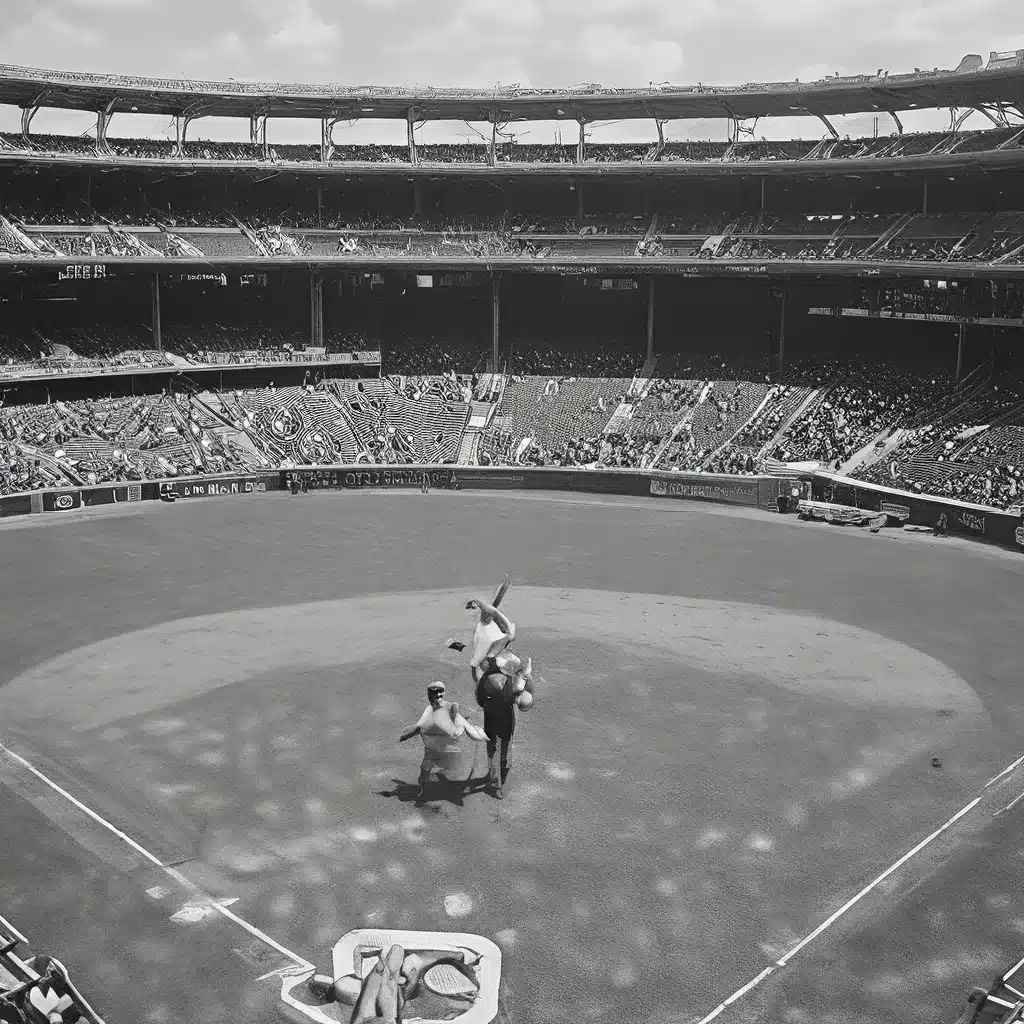
Nestled in the heart of the nation’s capital, Nationals Park stands as a testament to the enduring love of baseball and the rich history of the Washington Nationals. This state-of-the-art stadium, which opened its doors in 2008, has quickly become a beloved landmark for sports enthusiasts and Washington D.C. locals alike.
The Rise of the Washington Nationals
The Washington Nationals’ journey to their current home at Nationals Park has been a storied one. The franchise traces its roots back to 1969, when the Montreal Expos were established as an expansion team in the National League. Over the decades, the Expos struggled to gain a consistent fan base, and in 2004, the team was purchased by the Major League Baseball (MLB) and relocated to the nation’s capital, becoming the Washington Nationals.
The decision to move the Expos to Washington D.C. was met with both excitement and uncertainty. The city had not had a professional baseball team since the Washington Senators, who left for Texas in 1971. However, the Nationals’ arrival offered a chance to revive the city’s love for the sport and create a new generation of devoted fans.
Designing a Stadium for the Nation’s Capital
With the Nationals firmly established in their new home, the focus turned to building a stadium that would not only serve as the team’s home but also become a landmark for the city. The process of designing and constructing Nationals Park was a collaborative effort, involving architects, engineers, and city officials.
The site for the new stadium was carefully selected, with the goal of creating a seamless integration between the ballpark and the surrounding urban landscape. Located just blocks from the United States Capitol building, Nationals Park was strategically positioned to become a central hub of activity and civic engagement.
The architecture of the stadium was designed to reflect the rich history and grandeur of Washington D.C. The exterior features a sleek, modern design that incorporates various shades of limestone, a nod to the city’s iconic monuments and government buildings. Inside, the attention to detail is equally impressive, with luxury suites, concession stands, and state-of-the-art amenities that cater to the diverse needs of the fans.
Unveiling Nationals Park
When Nationals Park opened its doors in 2008, it was met with a surge of enthusiasm and anticipation from the city’s residents. The first game, played on March 30th, 2008, saw the Nationals take on the Atlanta Braves in a highly anticipated matchup.
The atmosphere inside the stadium was electric, with the crowd’s cheers and the crack of the bat echoing through the air. The Nationals’ home opener was a resounding success, with the team earning a 3-2 victory over their division rivals.
In the years since its opening, Nationals Park has become a beloved destination for baseball fans across the region. The stadium has hosted a variety of events, including the 2018 MLB All-Star Game, further cementing its status as a premier sports and entertainment venue.
The Evolving Legacy of Nationals Park
As the years have passed, Nationals Park has continued to evolve and adapt to the changing needs of the team and its fans. Upgrades and renovations have been made to improve the fan experience, including the addition of new concession options, seating areas, and interactive displays.
One of the most notable changes to Nationals Park in recent years has been the integration of sustainable and environmentally-friendly features. The stadium has implemented initiatives such as recycling programs, energy-efficient lighting, and water conservation measures, demonstrating a commitment to environmental sustainability.
The Nationals’ success on the field has also played a significant role in shaping the legacy of Nationals Park. In 2019, the team clinched their first-ever World Series championship, providing a moment of pure joy and pride for the city and its baseball fans. The celebration that followed, with thousands of fans gathered outside the stadium, solidified Nationals Park as a true civic landmark and a symbol of the city’s unwavering support for its team.
Exploring the Unique Atmosphere of Nationals Park
Beyond the on-field action, Nationals Park has become a hub of activity and entertainment for visitors to the nation’s capital. The stadium’s location, just a short distance from some of Washington D.C.’s most iconic landmarks, makes it an ideal destination for both baseball enthusiasts and sightseers.
Fans can enjoy a variety of dining and shopping options within the stadium, including local cuisine and team merchandise. The Park also boasts a variety of interactive exhibits and displays that showcase the history and culture of the nation’s capital, further enhancing the overall fan experience.
One of the most unique features of Nationals Park is its commitment to community engagement. The stadium frequently hosts events and programs that bring together local organizations, schools, and community groups, fostering a sense of civic pride and unity.
The Future of Nationals Park
As the Washington Nationals continue to build on their success and the city’s love for baseball grows, the future of Nationals Park is bright. The stadium’s role as a central hub of activity and entertainment is only expected to expand, with plans for further upgrades and the integration of new technologies to enhance the fan experience.
The stadium’s commitment to sustainability and environmental stewardship is also likely to continue, as the Nationals and the city work together to ensure that Nationals Park remains a model of eco-friendly practices in the world of professional sports.
Ultimately, Nationals Park stands as a testament to the enduring power of sports to bring a community together. As the Washington Nationals continue to write their story, this iconic stadium will undoubtedly remain a beloved destination for baseball enthusiasts and Washington D.C. residents alike, cementing its place as a true national treasure.

